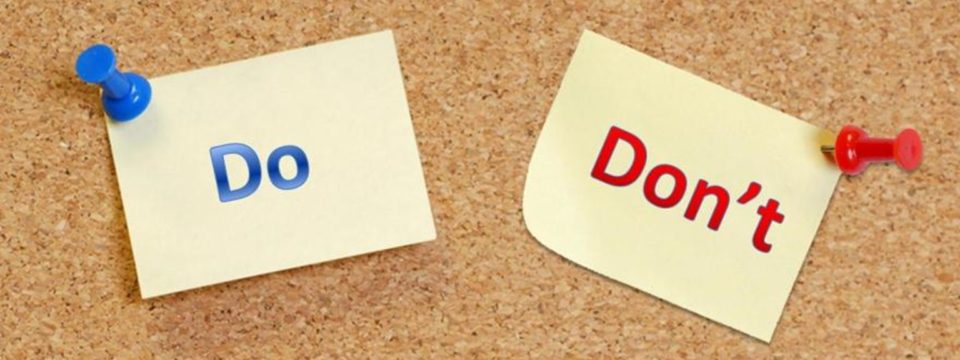
A strong resume is vital to market yourself for a new job -- are you confident that yours is the best it can be? In less than half a second, a Google search for “resume writing advice” yields over 93 million results. Instead of scrolling through an endless sea of information, here are 10 strategic essentials for what you should -- and shouldn't -- do to ensure your resume makes the strongest possible first impression.
If you apply for a job that doesn’t match your outlined objective, you’re communicating that this isn’t the job you want. Not to mention, objective statements are outdated. Instead, capture someone's attention with a compelling and informative overview of who you are, what you’ve accomplished and what your key strengths are.
Beginning with “Responsible for” and listing 10 duties doesn't frame your experience well. Instead, describe the impact you’ve made, e.g., you designed business development strategies that expanded market presence and regional footprint, or developed partnerships that drove customer acquisition. If stuck, talk it out with a trusted colleague or professional who may hear things differently and help translate your experience into language that's valuable to potential employers.
If you’ve increased sales, for example, don’t dilute its significance - be specific! Would you rather interview the candidate who “oversaw strong sales growth” or one who “drove $10M in sales over two years by transforming sales strategy and operations?” Similarly, if you “oversee a global finance team,” strengthen the statement with quantity, e.g., “oversee a global finance team across 13 countries” (and if the # of people is significant, include that, too). Lastly, if including a percentage change, frame it. Stating you "reduced costs by 35%," doesn’t mean much without a starting point (35% could represent $700,000 or $700, after all). Context transforms the change from relatively meaningless to a defined impact.
Hiring managers have no time or interest in reading an autobiography of your every step since college, so don’t bog them down with irrelevant details. When dusting off your resume, tighten older sections to retain pertinent information that strengthens your candidacy for role you’re targeting now.
Early in your career, sticking to one page is the norm; however, advanced professionals can hardly do so without over-summarizing and omitting important information. It's fine to reduce early experience into brief descriptive phrases, but not most recent roles, as those contain the details that hiring managers want to see. Similarly, if you’ve been employed by the same company for a while, don't combine multiple roles under one title. Showing career progression is important as you market yourself (plus, condensing positions can be misleading).
Augmenting work experience with other relevant leadership roles and activities where you’ve contributed in a meaningful way can enhance your qualifications for positions you are pursuing. (Learn more about how volunteer positions can help your career here.)
While there are some exceptions, in most instances, keep the past in the past and the present in the present. (Your high school English teachers will thank you!)
A resume is no place for long-winded prose. Optimize readability with well-organized, bulleted statements, which make a stronger impact in shorter space. They’re easier to read, especially on mobile devices, and draw attention to key information (which can otherwise get lost in long paragraphs).
While a job you held 10 years ago may be important for what you’re looking to do next, don’t deviate from date order to put it higher up in the resume. Inconsistencies may read as mistakes or create unnecessary confusion. (Instead, highlight prior relevant experience and bridge it to the present in an introductory email or cover letter.)
Word has its limitations; certain fonts, bullet styles, paragraph treatments and other formatting may look great to you, but translate poorly once sent -- particularly if the recipient is using an older version of Word or operating system, or is viewing on a mobile device. Unless a Word document is specifically requested, always send your resume as a PDF. Also, clearly label the document with your name, e.g., John Doe Resume (and remove version #, old date etc.).